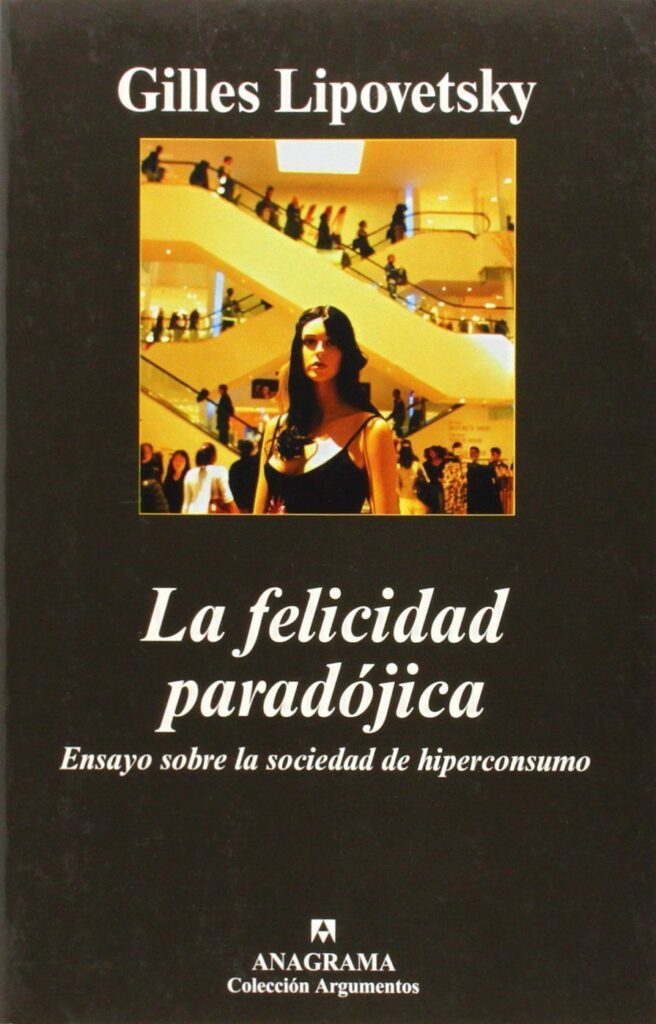

CUSUM and EWMA charts based on the range or a function of the subgroup variance can also be used. To help monitor for both increases and decreases in variability, Shewhart charts with probability limits or runs rules can be used. For small subgroup sizes this control chart has a lower control limit equal to zero. The process variability is commonly monitored by means of a Shewhart range chart. Considering this, users should always try to monitor for both increases and decreases in the variability. In addition to preventing any increase in the variability of the process and any deterioration in the quality of the output, it is also important to search for special causes that may result in a smaller process dispersion. When monitoring a process it is important to quickly detect increases and decreases in its variability. For this reason new control limits that yield an exact (or nearly) RL unbiased chart are proposed It is found that many commonly used p charts and other charts proposed in the literature have RL biased performance. The concept of RL unbiased performance is introduced. It is shown that replacing the lower control limit by a simple runs rule can result in an increase in the overall chart performance. In this paper the performance of several charts for monitoring increases and decreases in p is analyzed based on their Run Length (RL) distribution. This means that the chart might not quickly detect the presence of special causes. If in addition, both upper and lower limits are used, the performance of the chart in terms of fast detection may be poor. If p is small this approximation might fail even for large subgroup sizes. Users commonly assume that the number of non-conforming units in a subgroup is approximately normal, since large subgroup sizes are considered. It is a common practice to monitor the fraction p of non-conforming units to detect whether the quality of a process improves or deteriorates. CUSUM charts suitable for monitoring this family of processes are derived to show how much sensitivity is recovered when the correct chart is used A normal chart might also be not sensitive enough in detecting changes in such processes. We have found that if a normal CUSUM chart is used with several of these processes the rate of false alarms might be quite different from the rate that results when a normal process is monitored.

We consider monitoring the dispersion of processes that follow the exponential power family of distributions (a family of distributions which includes the normal as a special case). In this article, we estimate the performance of control charts derived under the assumption of normality (normal charts) but used with a much broader range of distributions.

In such cases the use of traditional control charts may not be effective. Although this may be adequate for many processes, there are situations where these basic assumptions do not hold. Most control charts for variables data are constructed and analyzed under the assumption that observations are independent and normally distributed.
#Mejores libros de filosofia free
The negative values of EHOMO and the estimated value of the Standard Free Gibbs energy for all the molecules (based on the calculated equilibrium constant) were negative, indicating that the complete chemical processes in which the inhibitors are involved, occur spontaneously In this work, from a theoretical study a correlation was found between EHOMO, hardness (η), electron charge transfer (ΔN), electrophilicity (W), back-donation (ΔEBack-donation) and the inhibition efficiency, IE. This fact strongly suggests that, contrary to a hitherto generally suggested notion, an efficient corrosion inhibiting molecule neither requires to be a large one, nor possesses an extensive π-electrons number. Thus 2MI turned out to be the best inhibitor. Acta, 54, (2009) 539), it was found that the corrosion inhibition efficiency, IE, order followed by the molecules tested was 2MI > 2MBI > 2M5MBI > 2M5NBI. From an electrochemical study conducted previously in our group, (R. In order to analyze the influence of substituent groups, both electron-donating and electron-attracting and the number of π-electrons on the corrosion inhibiting properties of organic molecules, a theoretical quantum chemical study under vacuo and in the presence of water, using the Polarizable Continuum Model (PCM), was carried out for four different molecules, bearing similar chemical framework structure: 2-mercaptoimidazole (2MI), 2-mercaptobenzimidazole (2MBI), 2-mercapto-5- methylbenzimidazole (2M5MBI), and 2-mercapto-5-nitrobenzimidazole (2M5NBI).


 0 kommentar(er)
0 kommentar(er)
